The GMC HUMMER EV is designed to be an off-road beast, with all-new features developed to conquer virtually any obstacle or terrain. There are moments in history when dramatic change occurs, much to the chagrin of the status quo. Much like Motorola was convinced that the flip phone would never be eclipsed by a smartphone, the internal combustion pickup has but a moment in time (about three seconds) before the plume of debris churned by the supertrucks leave them in history’s dust.
The internal combustion engine (ICE) will be around for some time, but the majority of new truck drivers will be tempted by supertruck fobs as quickly as Motorola Razor users were for the forbidden fruit of the smartphone tree. And the reason is simple, they work better. Take the specifications of the HUMMER EV for example, like 1,000 horsepower, 11,500 pound-feet of torque, and 0-60 mph in 3.0 seconds. Certainly, there are range limitations with electric, but even the longest unsupported trail in the country, El Camino Del Diablo, only requires 158 miles between charging. In ideal conditions, the HUMMER EV can drive over 350 miles on a single charge, which will allow for crossing the Mojave Road, or even (barely) making it to Prudhoe Bay. In recent months, the Rivian electric truck managed to cross the Trans-America Trail. Range is a consideration, but only for a limited number of overland scenarios in North America.

Up to this point in time, electric trucks were mostly vaporware, with occasional teases or theatrical stunts dribbling out, but no real-world testing. This all changed when a few of us were invited to be the first in the world to drive the new HUMMER EV. We arrived at the GM Proving Grounds mid-day, the black Denali gliding along the manicured lawns, and past heavy tree-lined rows. Security was understandably thick, with tape covering our phone cameras, and our personal effects (including cameras) left behind at the welcome center. We loaded onto small busses and passed through several more security checkpoints before rolling into a land of heavily guised trucks and cars. Unrecognizable electric vehicles whizzed by and Corvettes sporting massive spoilers blurred past, along with heavily cladded trucks representing the future of GMC Sierras. Turning off the pavement, a large white tent came into view, along with a line of seven HUMMER EV Edition 1 Supertrucks.
After a short presentation, we slid into the driver’s seat and received a tutorial on the tech. While the HUMMER is all-new technology for GMC, it felt entirely intuitive to operate. The shifter fell quickly to the hand and indicated park, reverse, neutral, drive, and low. Everything was completely familiar, yet entirely different. Any noise from applying the accelerator either comes from the crunching of tires on gravel, or the manufactured droning from the speakers. The sound was subtle but proved to be useful later in the rocks. I expected the initial driving experience to be more foreign, but it was all…easy. After the initial tutorial, I turned onto a gravel track of the famed Milford Proving Grounds and rolled onto the accelerator.
High-speed Off-road Driving
It is best described as violently fast, yet impossibly surefooted.
The first evaluation included a standing-start acceleration sequence to determine available grip from the 35-inch Goodyear tires (I confirmed 37-inch tires will fit), effectiveness of the traction control and stability control, and overall controllability. The mixed Mu surface was a combination of gravel, compacted dirt, and loose dirt. From a dead-stop, I pushed the accelerator to wide open throttle (WOT), and the HUMMER leapt forward, tires whirling and the 9,000 pound (not a typo) Supertruck pressing me against the seat and clawing for traction. Despite the quality of the tires, physics were still at play, and tractive effectiveness was at the limits, torque steer shifting the front slightly to the left and right as the tires hunted through the gravel for grip. I was smiling and relieved that the HUMMER had such a high degree of controllability despite the incredible power numbers. Much of the confidence comes from the four-wheel independent suspension, long wheelbase (135.6 inches), and wide track (73.3 inches), but also from the fluid application of driver aides. If the driver remains smooth in their inputs, the HUMMER will allow things to hang way out.
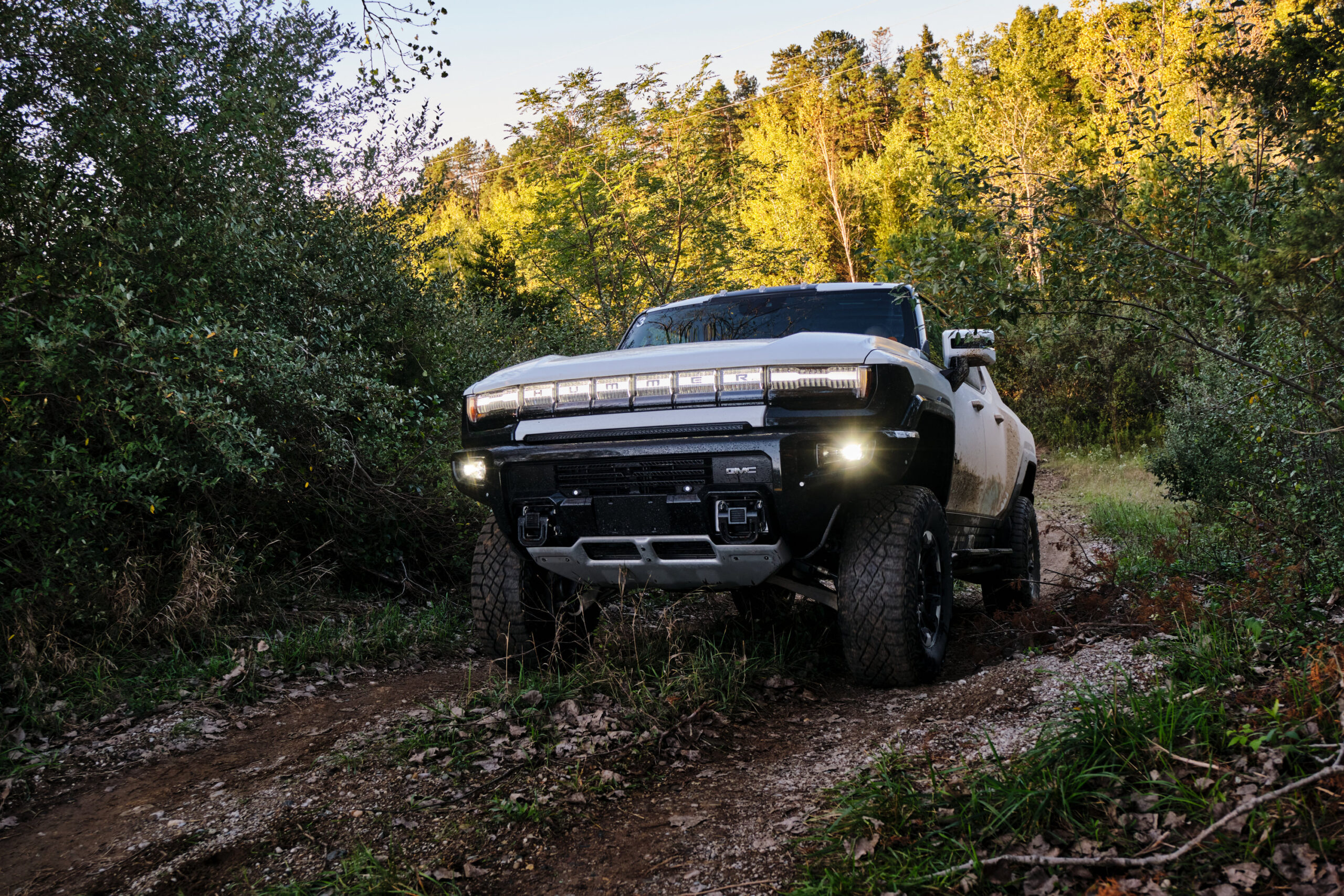
Beyond acceleration testing, the course included a wide, curving dirt track that permitted me testing the ABS under heavy braking, stability while braking in a corner, lift-throttle oversteer, and more. The HUMMER performed these maneuvers with a high degree of effectiveness, while also not being too tied down under electronic intervention. I expected the Hummer to be capable and fast but was not anticipating it being so fun to drive at the limits. Drifting a 4.5-ton supertruck is something to experience.
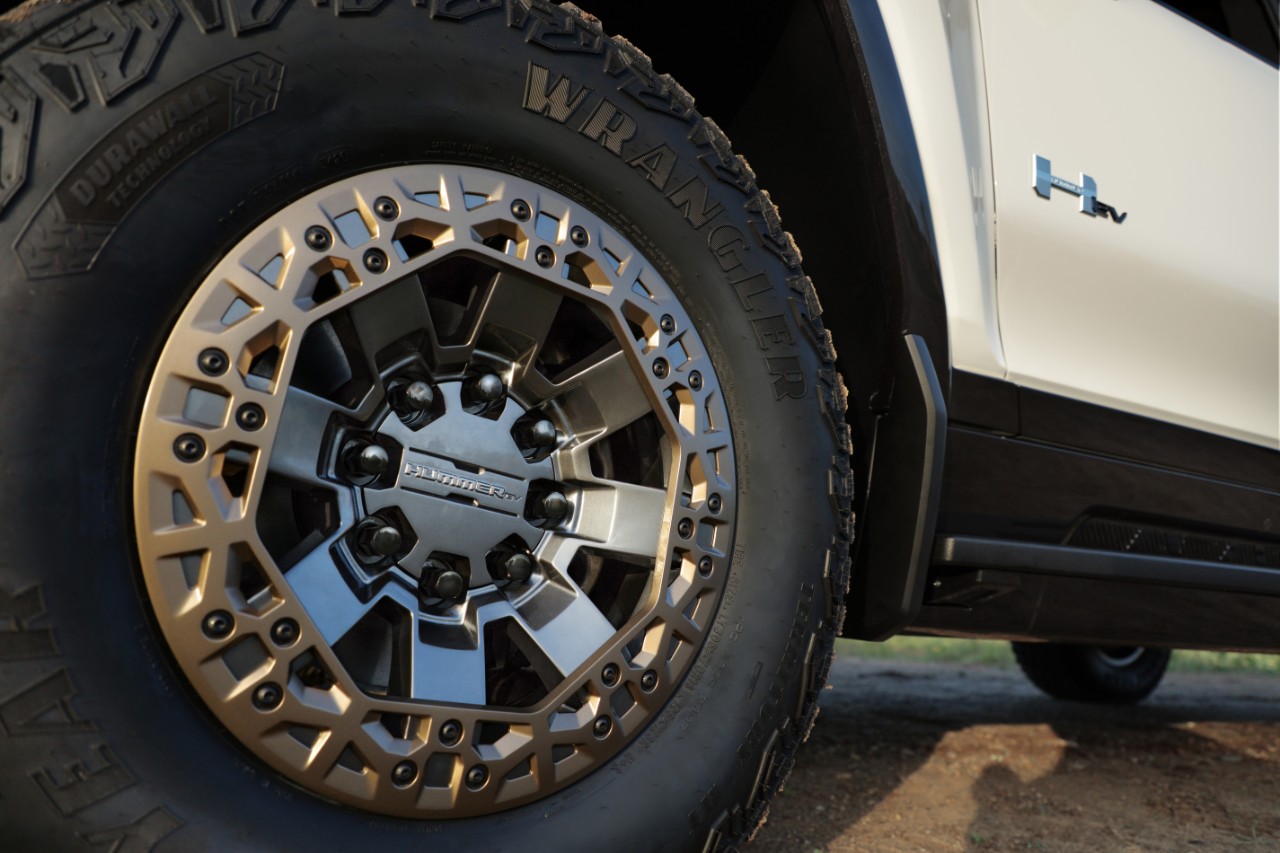
Any dirt evaluation would not be complete without determining overall driver comfort and fatigue. While the test duration was too short to fully assess noise, vibration, and harshness (NVH), I found the vehicle quiet and comfortable, with noise coming mostly from the tires. The lack of engine noise was a wonderful surprise, the thought of moving through the backcountry without surprising wildlife is a welcomed advantage. The large diameter tires and air suspension both softened and rounded most rocks and stones, and any larger event (like the cattle guards that riddle the property) was effortless with the 13 inches of suspension travel. Up to this point, our benchmark for ride quality on the dirt has been the new Land Rover Defender (also air suspension). The testing of the Hummer was too short to make a final judgment, but initial assessment is close to that benchmark.
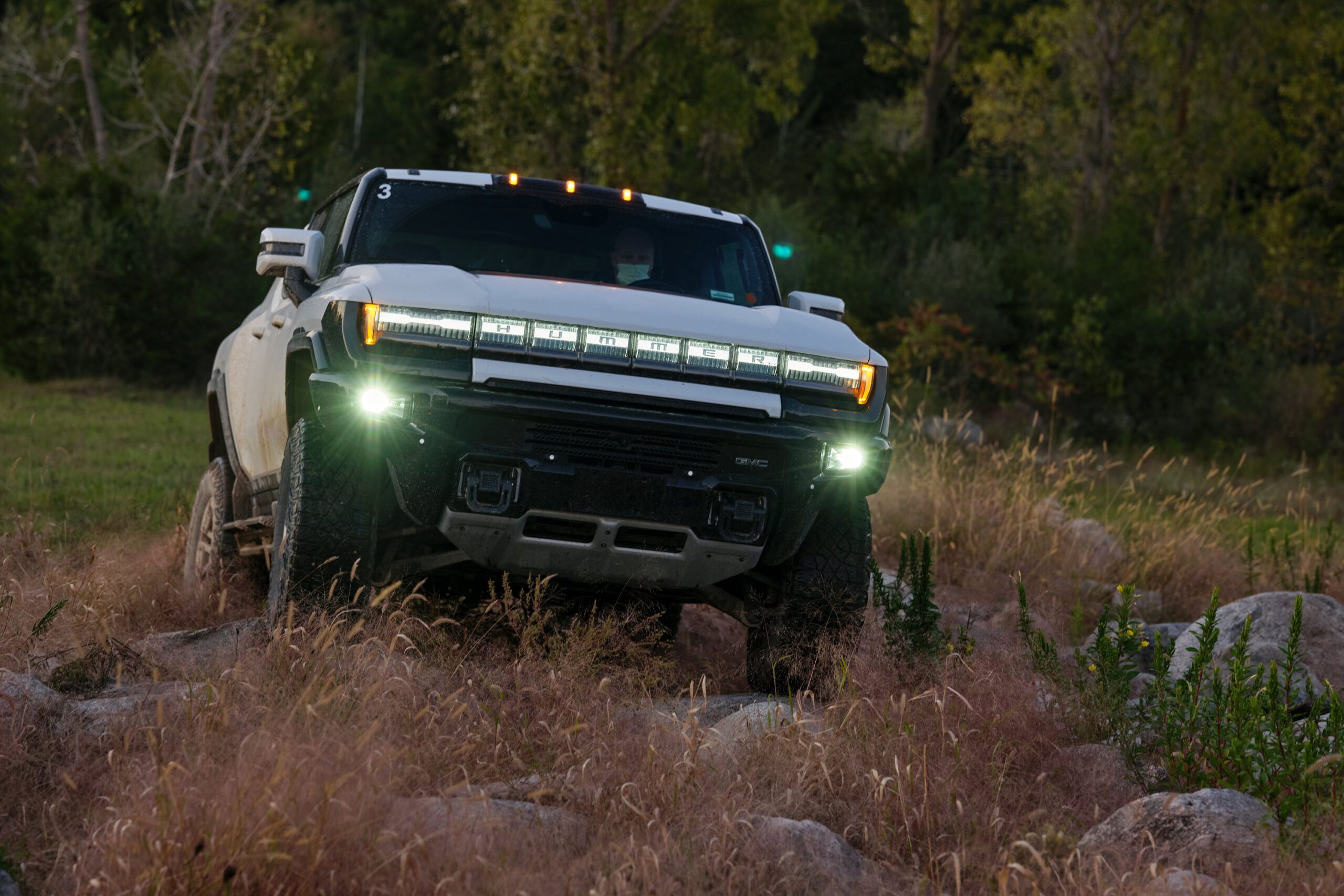
Technical Terrain and Rockcrawling
When traveling overland, technical challenges can arise, or we seek them out as part of the adventure. It is also fun to just go off-roading and test our vehicles and skills for a day of motorsports. The HUMMER EV was designed with rock crawling in mind, providing up to 16 inches of ground clearance, heavy duty ball-spline axle shafts, a 50-degree approach angle, full-length rock sliders, and five underbody skid plates. Some will bemoan the independent front and rear suspension, but it is worth noting that the original AM General HMMWV was also independent front and rear.
When we think rock crawling, a full-size supertruck that weighs 9,000 pounds does not come to mind, but the EV has a few tricks up its sleeve. Most important is rear wheel steering, which allows for a turning circle (37 feet) tighter than a 4-door Wrangler. The rear steering also allows for crab walk, which turns the rear tires up to 10 degrees in phase with the front. It feels a bit like a party trick, but I thought of one situation where it would prove extremely useful. While on the trail, it is common to either slide or bounce from a line, or to slide too close to the edge of the track. Crab crawl would allow the vehicle to reposition nearly sideways without the rear swinging further offline.
The test course included a short, but technical rock section that was complete with large, loose boulders. I selected the rock mode and put the “transmission” selector in Low. This does not provide any lower mechanical advantage, but it does adjust throttle mapping and degree of regenerative braking. I started off using the one foot throttle/braking function that causes the accelerator to work like left foot braking, applying forward motion while pressing the throttle down, and a combination of regen and braking while letting off the accelerator. It is smooth and effective, but I felt more comfortable using traditional left foot braking, which does not defeat any of the traction aids (nice job, engineering). Technical terrain performance is only limited by the size of the Hummer, which will make it ideal for Moab and other full-size friendly tracks.
I did encounter an interesting situation, which even 11,000 pound-feet of torque could not overcome. On the rock crawling course, there was a large cross-axle ledge on the face of two boulders. With just traction control activated, the HUMMER would not climb the ledge and even stalled out the electric motors at near WOT. This was caused by two factors: the brake traction control on the front axle trying to limit wheelspin, and the disadvantage electric motors have when they do not have even a small amount of RPM. Fortunately, the HUMMER still has old-school tech on board, so I engaged the rear virtual locker and the front mechanical locker. This freed up just enough torque to allow the HUMMER to easily climb the boulder ledges and clear the obstacle. Old-school is still cool.

On-road Performance
Our test loop also included driving the streets and “highways” of the proving grounds, which allowed for ample opportunity to evaluate general driving characteristics of the HUMMER. Visibility is much better than HUMMERS of the past, with a large panoramic glass area and even glass in the roof panels. The mirrors are also large, complemented by a clear view rearview screen and 12 total cameras (with 18 camera views) displayed on a massive multifunction display. The seats are supportive and comfortable, with the interior materials being good quality and a quality feel. I liked that the buttons they did choose to include are the ones I would want, like locker switches, stability control defeat, etc. The vehicle stability control switch also unleashes (with a double tap) the Watts to Freedom (WTF!) mode.
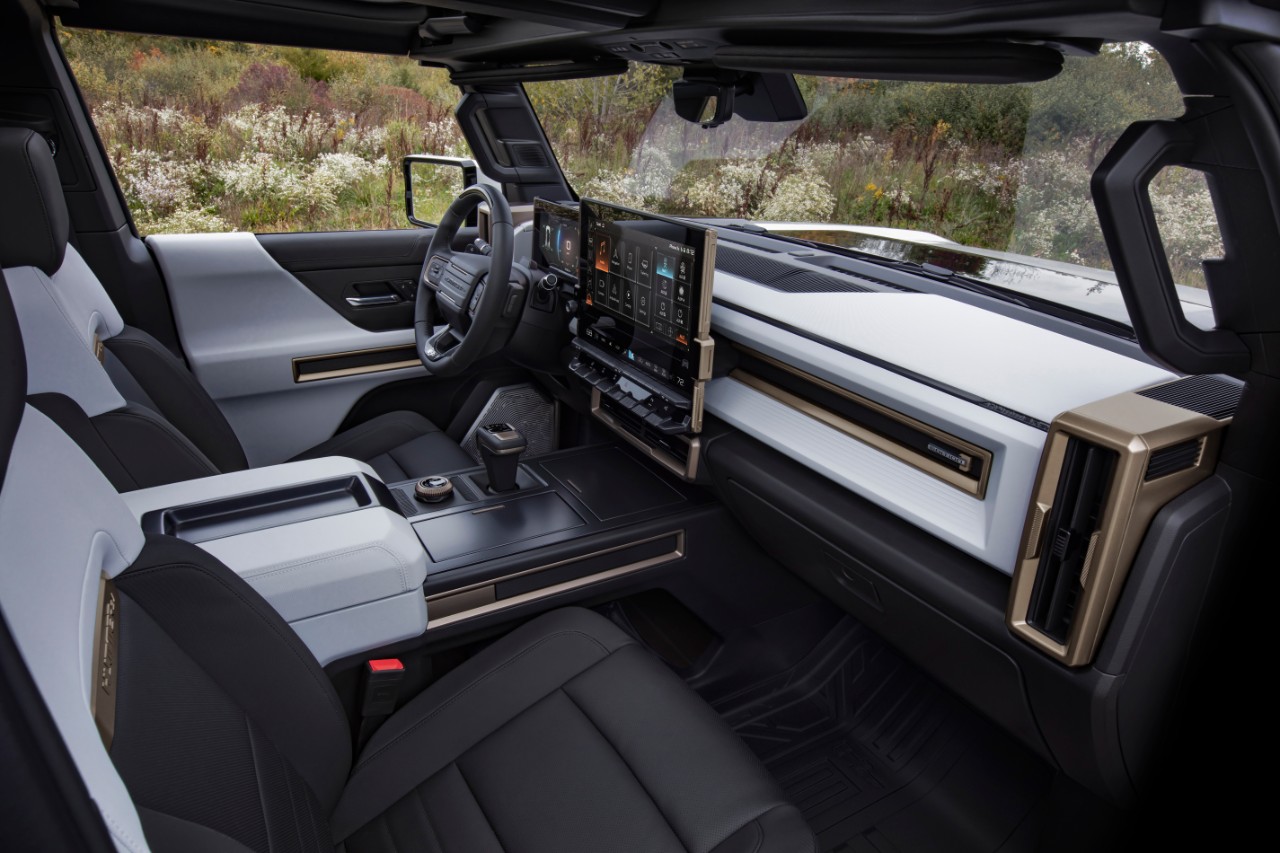
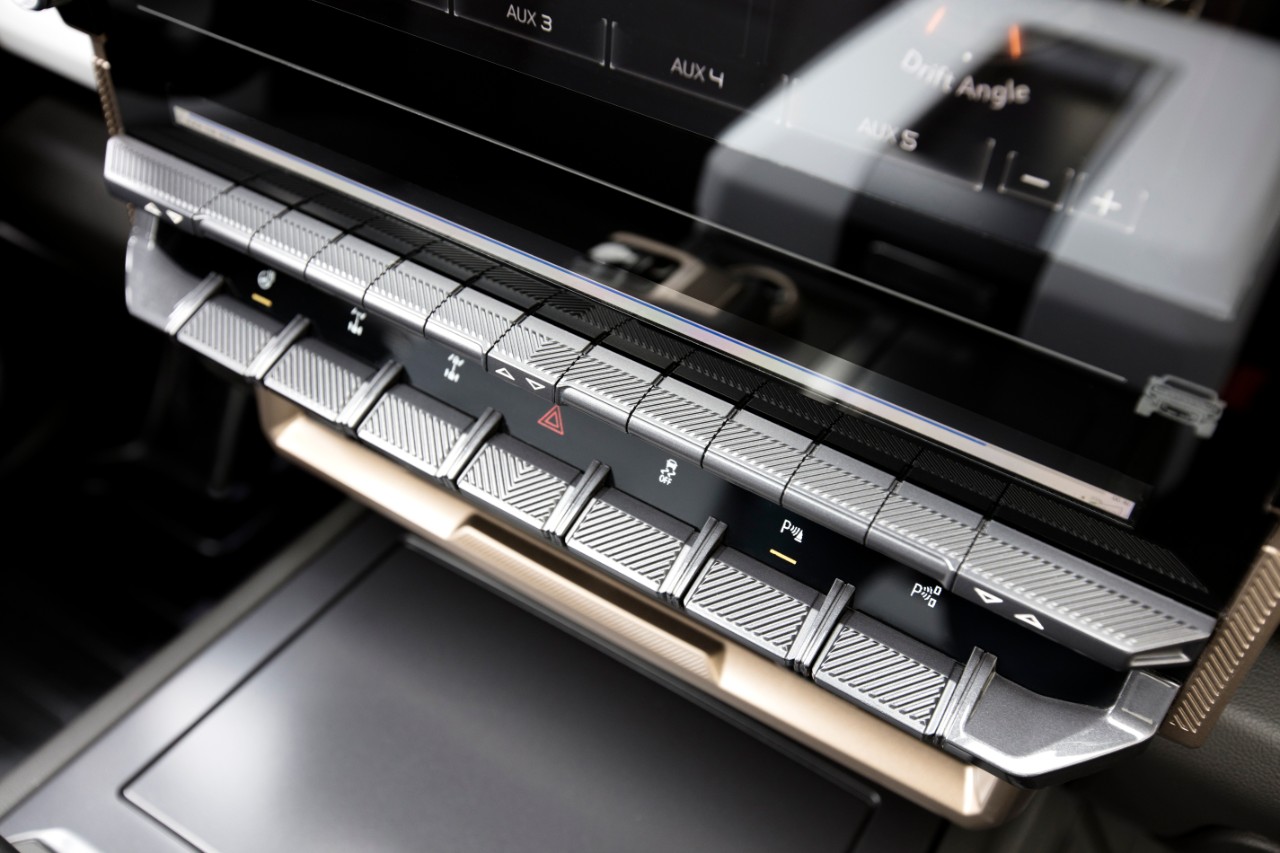
Just know that the HUMMER is as comfortable as any other modern pickup, but there is nothing else this big AND goes zero to sixty in three seconds. Selecting WTF takes a few seconds as the suspension lowers over 9 inches for stability, and the engine management unit preps the system for maximum acceleration. The driver then mashes the accelerator AND brake, followed by a rapid release of the brake. What comes next is a violent rush of acceleration, pressing you against the seat as the tires squeal in protest. The only noise that came next was me laughing out loud at the top of my lungs. The future has arrived, and just like the death rattles of the flip phone, the supertruck is here to (very quickly) move the cheese.
gmc.com/electric/hummer-ev | $112,000 (Available Q4 2021)
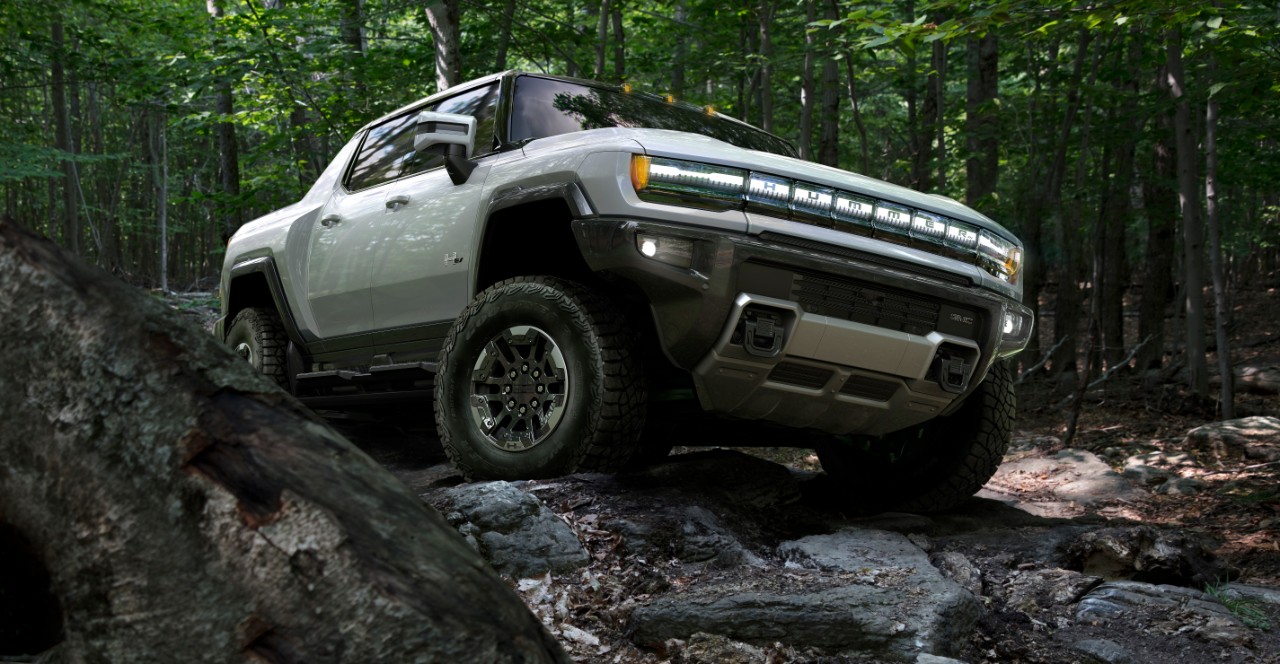
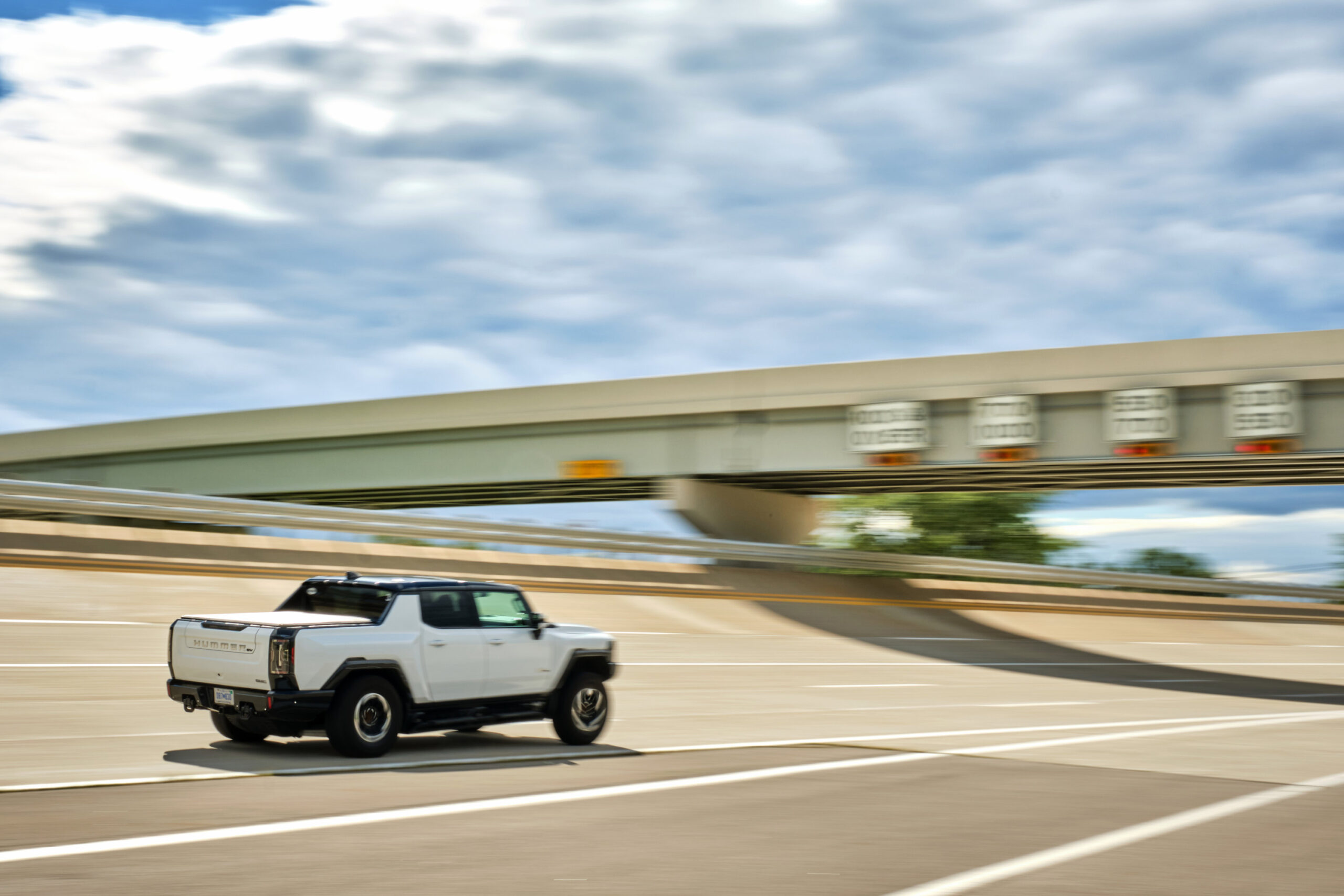

Our No Compromise Clause: We carefully screen all contributors to make sure they are independent and impartial. We never have and never will accept advertorial, and we do not allow advertising to influence our product or destination reviews. We received no compensation from GM for the editorial coverage of this vehicle.


